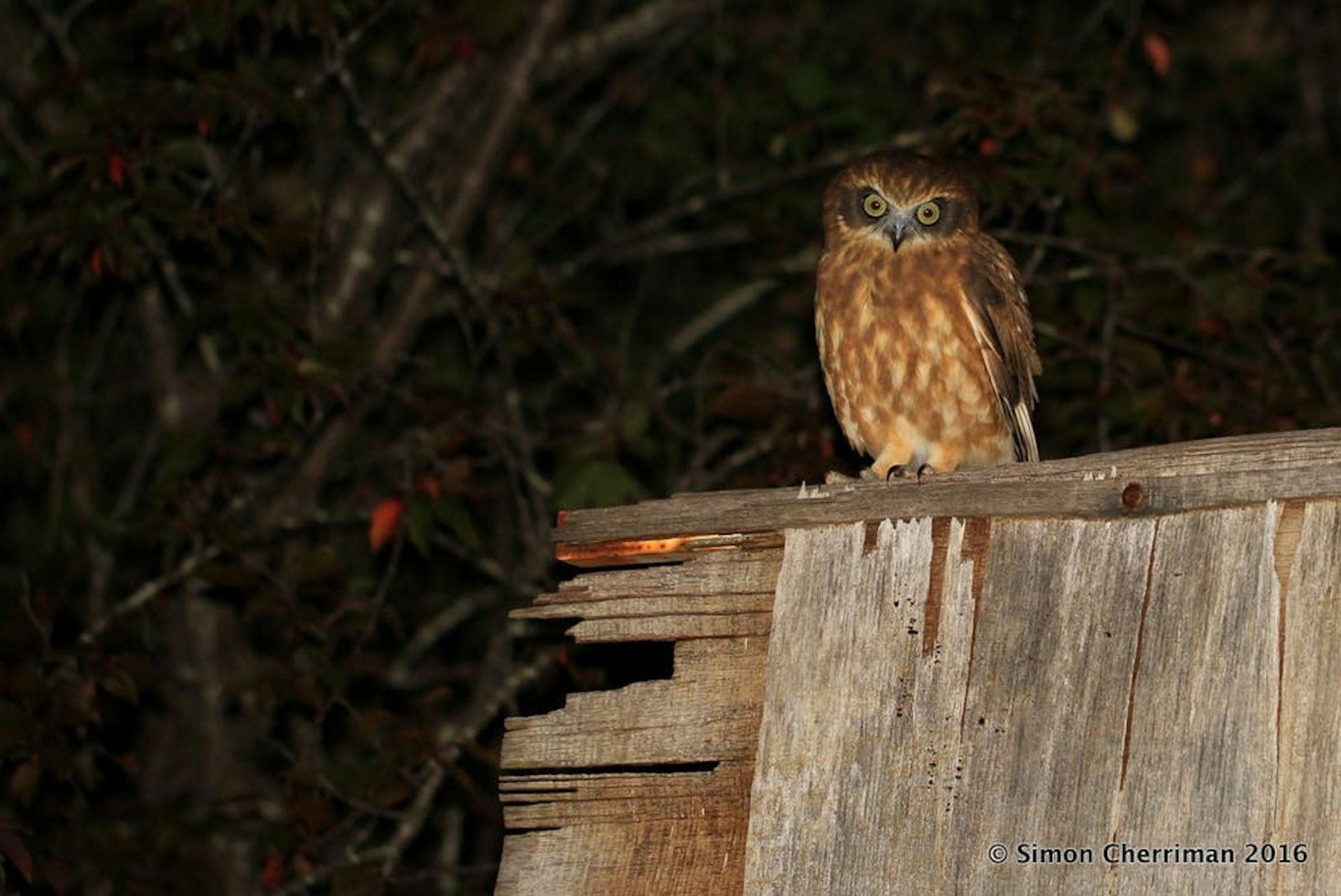

A coalition generally consists of two to three siblings and is a very tight-knit group. The male siblings stick together for life and form a ‘coalition’. At around the two year mark, the female siblings leave the group to live solitary lives. The sibling cubs generally stay together in a pack for approximately six months. When the cubs are eighteen months old, the mother leaves the cubs to fend for themselves. The females only interact with adult male cheetahs in order to breed, but raise their cubs on their own. Female cheetahs live solitary, male cheetahs however do not. Its face is also smaller and rounder than that of a leopard. Although they are at times confused with leopards, the cheetah is in fact slimmer and has a longer body frame. Their very long tails are used as rudders and enable cheetahs to make sharp turns when chasing their prey. In just three strides they can accelerate from 0 to 64 kilometres per hour. This in combination with their powerful hind legs allows them to reach incredible speeds of up to 110 kilometres an hour. These big cats have flexible spines that can flex and straighten. It hunts out in the open in groups of up to five cheetahs.

One of the most iconic animals in the Masai Mara is the cheetah. Their greatest defence is their ability to flee at high speed and if necessary they pack a mean and powerful kick. Their greatest enemies are hyena, lions and poachers. Typically the male giraffes eat from the top branches of the Acacia trees and the females eat from the bottom branches. As long as they have fresh vegetation, they can go without water for weeks. Their long tongues and lips craftily avoid the Acacia tree thorns to snack on the tree’s leaves. Their favourite snack? Acacia tree leaves. Approximately 16 - 20 hours of their day is spent feeding. Approximately 33,000 Masai giraffes live in this region and most of them live in small groups. Masai giraffes are different from reticulated giraffes in that they have jagged spots on their bodies, instead of polygonal liver-coloured spots. In Southern Kenya, you'll come across Masai giraffes. Particularly rare is Rothschild's giraffe (about which there is ongoing discussion whether it concerns an actual subspecies). In Northern Kenya you'll see the reticulated or Somali giraffe. Kenya is home to different giraffe (sub)species. At top speed, the giraffe can run up to 50-60 hours per hour.

The giraffe is known for its graceful movements and for being very picturesque. The Masai giraffe (Giraffa camelopardalis tippelskirchii) is the tallest of all land animals is an extraordinary sight to see. Here's a look at these four Big Five add-ons that you'll want to spot during your safari. Chances are good that you'll spot most of them when on safari in the Masai Mara.
#Giraffe predators and prey plus#
Why stop at the 'Big Five' when you can spot the 'Big Nine'? The group of wild animals known as the 'Big Nine' is made up of the Big Five plus the giraffe, cheetah, hippo and zebra. Below you'll find a summary of animals you may come across during your visit to the Masai Mara. It is not an apex predator because it does not hunt for prey, it is a scavenger.In addition to the so-called ' Big Five', the lion, elephant, leopard, rhino and buffalo, the Mara is home to a wide variety of other species of wild animals. The vulture is also the last trophic level and a top carnivore. The grasshopper, pied flycatcher, skunk and vulture are all consumers. In this food chain the grass is the first trophic level (a producer). When the secondary consumer eats the primary consumer it does not get all the energy because the primary consumer used that energy for movement, it lost some energy in respiration and parts of its body cannot be digested by the secondary consumer. The primary consumer also cannot digest all of the parts of the producer so some energy is wasted as faeces. When the primary consumer eats the producer it does not get all the energy because the producer used some of that energy in respiration. With each consumer the total energy passed to the next trophic level is smaller. The producer in a food chain is always eaten by a consumer. The arrows in a food chain always point in the direction of energy transfer between the trophic levels. The last trophic level in a food chain is usually an apex predator which may be a tertiary consumer or a quaternary consumer. The first trophic level in food chains are producers which make their own food by photosynthesis. About Food Chains A food chain is split into several trophic levels.


 0 kommentar(er)
0 kommentar(er)
